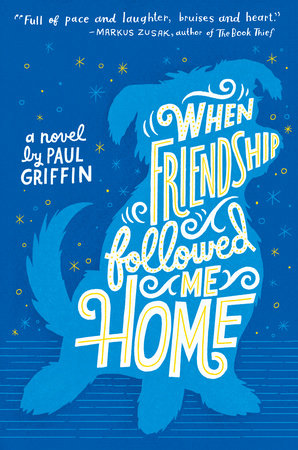Julie Berry
Viking, 2016 482 pgs
Grades 7-Up
Historical Fiction
Botille is a simple village girl living in medieval France at the time between the Albigensian Crusade and the Inquisition. She and her sisters manage a tavern in town and she makes extra money as a matchmaker. While journeying to another town on an errand for a friend, Botille encounters Dolssa, a holy woman and mystic. Dolssa claims to have an intimate relationship with Jesus and is being hunted down by a young friar for her heretical ways. Boltille is strangely moved by the young woman and smuggles her back to the inn where she and her sisters keep her safe. Once Dolssa is feeling better, she emerges from hiding and begins to help the villagers with their many illnesses and sufferings. She cures a neighbor's baby who is on death's doorstep, as well as various villages struck with fever, including Botille's own sister. The beer brewed by the sisters has never been as tasty as when Dolssa was living under their roof. Alternating chapters tell the story of the Friar who is on the hunt for Dolssa. After many encounters with various folks from all walks of life and dead-ends he is led to the village where, eventually, he discovers her whereabouts. A climax brings all the characters together and many of the key players are sentenced to death by burning. The pyre is set and the accused gathered. Will Dolssa's beloved save them? All is revealed, including an epilogue showing the aftermath of all of the main characters and the holy man who, fifty years later, discovers Dolssa's writings and pieces together the whole story, of which you have just read.
Berry, author of the stunning All the Truth that's in Me. offers another beautiful written and complex work, although very different from her breakthrough novel. Not much has been written for young people about this time period in world history (I never heard of the Albigensian Crusade) and most remain unaware of the religious fever and persecution of the time. Berry obviously did extensive research and fell into the language and culture of medieval southern France. The story itself is riveting and the plot moves with twists and turns along the way with a huge payoff at the end. The problem may be that it is too rich for young readers. The character names are confusing and the language is difficult to understand. Little is known about this time, so this also presents a problem for the uninitiated. Berry does offer an extensive glossary, character listing, explanations of the history of the time and place, a bibliography and additional reading. Unfortunately for me, I did not discover this until the end. I know that young readers get bogged down by introductions (I always skip over them), but maybe a note at the beginning letting readers know that help is available in the back would be useful. It is almost too beautifully written for the target audience, but at its core this book clearly is a young adult book. Though not for most teen readers, it will deservedly win awards and be best enjoyed by adults who read teen fiction. I know that I will never get both the story and the characters out of my head and feel as if I have gained something by wading through those almost 500 pages. Dolssa's passionate and direct relationship with Jesus is something that no longer exists in our world, except maybe by nuns, and it made me envy their faith, passion and commitment.

